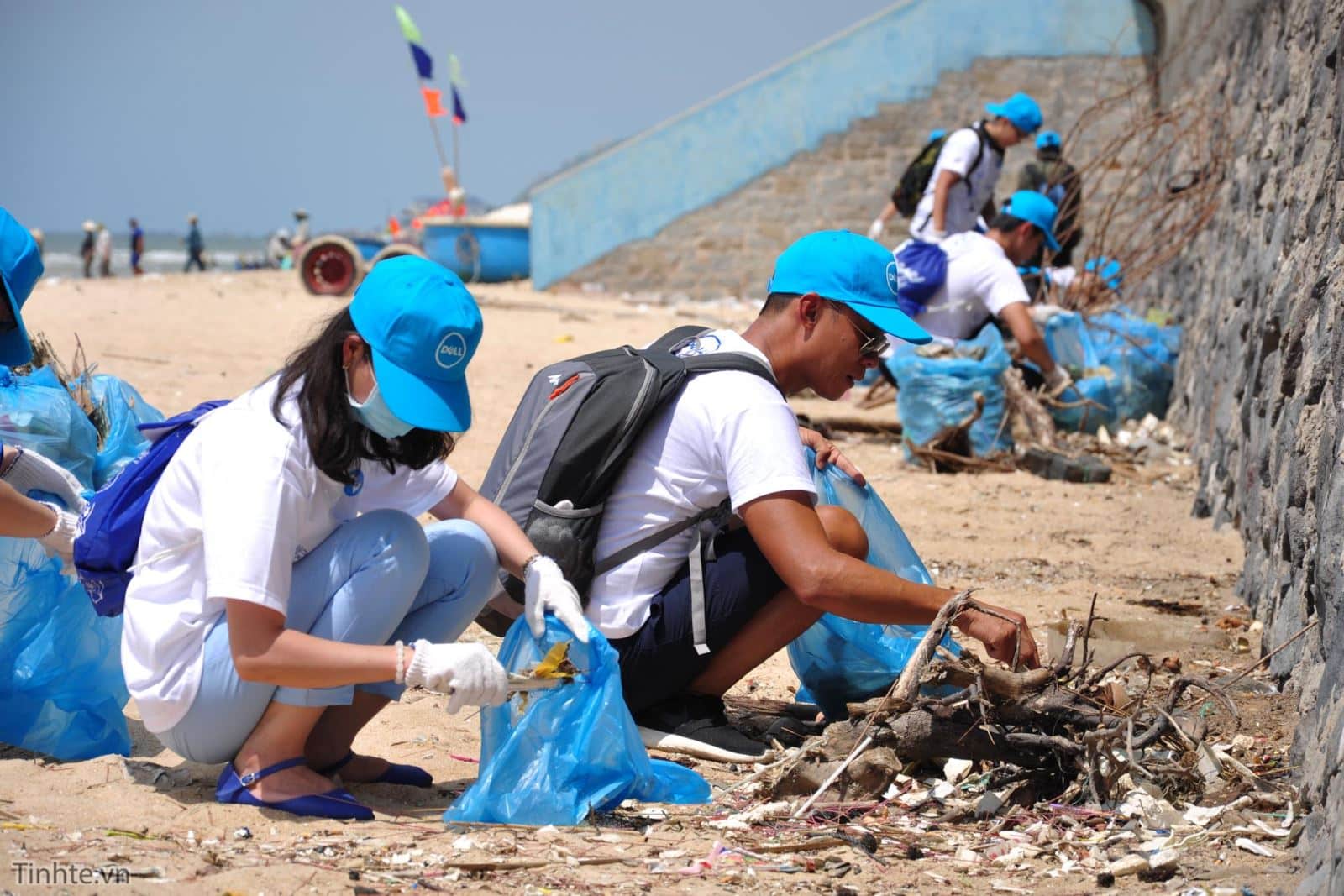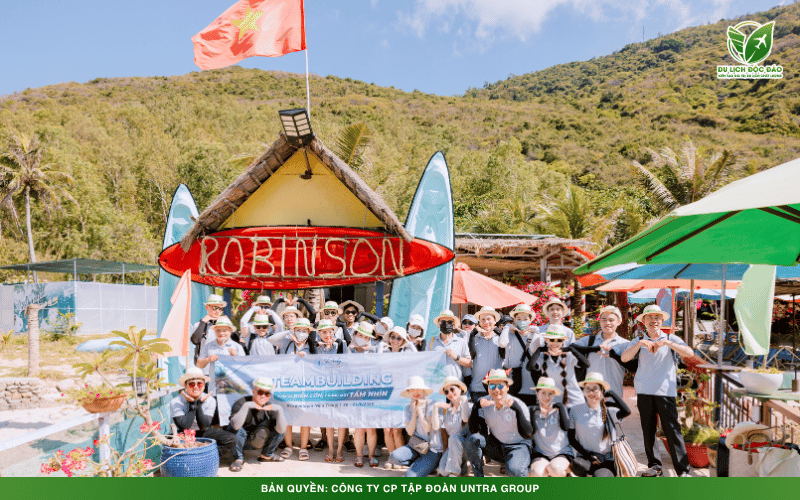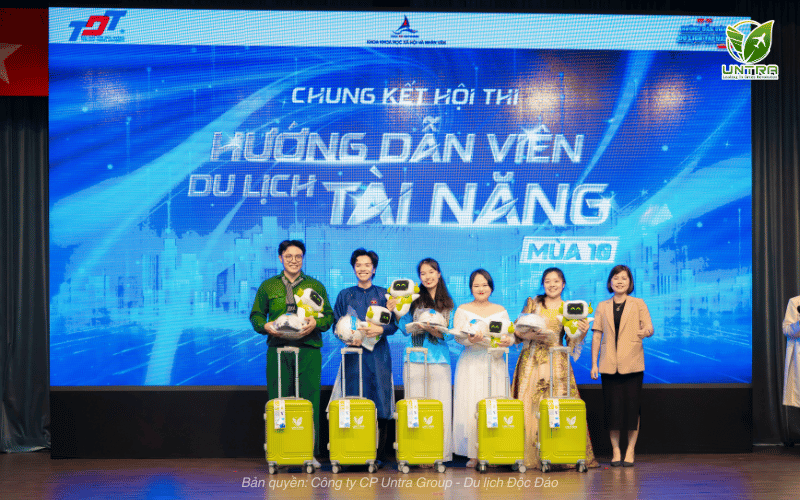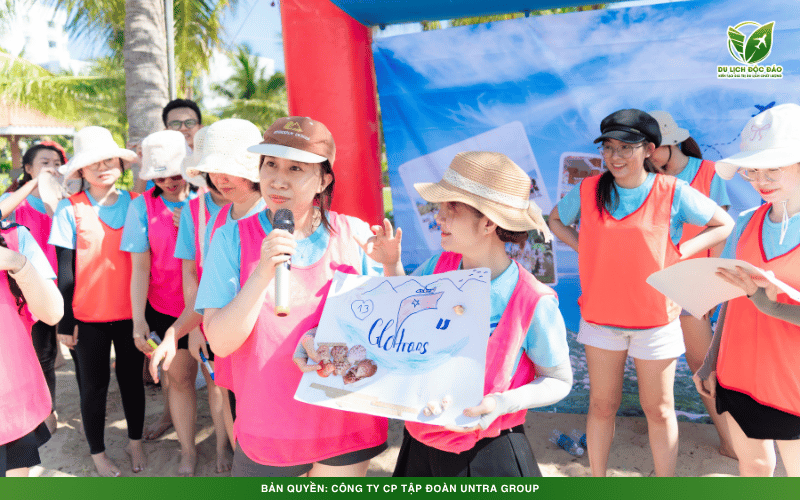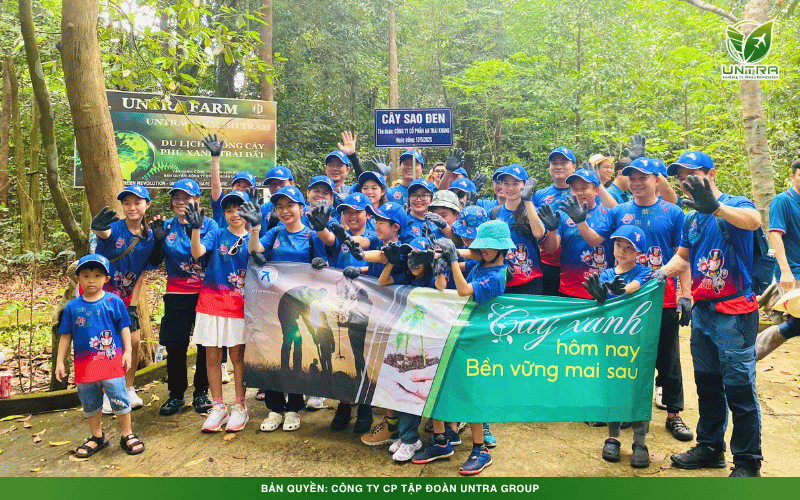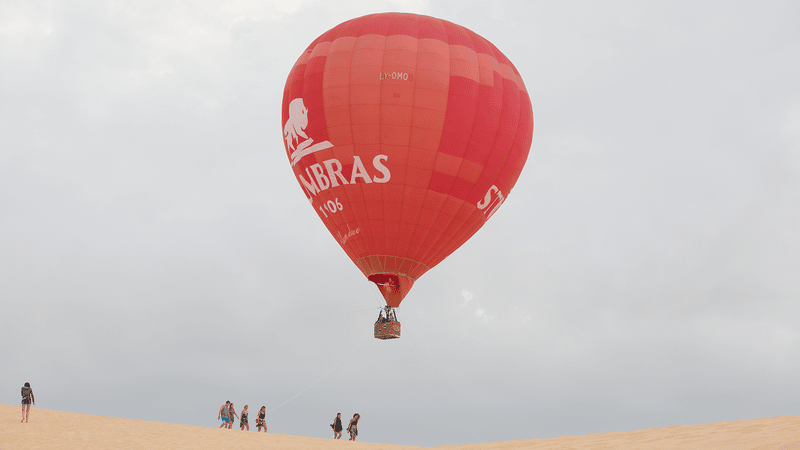Tourism is a comprehensive economic sector whose existence and development interact with many socio-economic sectors and fields, in which the relationship between tourism and the environment is organically connected: the existence and development of tourism is closely linked to the environment, and tourism can only develop when the environment is protected.
The reasonable exploitation, restoration, improvement, and regeneration of tourism resources will enhance the quality of the tourism environment, increasing the attractiveness of tourist sites and areas. Conversely, unsynchronized exploitation without recovery and regeneration measures will lead to the disruption of ecological balance, resulting in a decline in environmental quality and a downturn in tourism activities as well as the quality of the tourism environment in that area.
Positive impacts of tourism activities on the environment
The rapid development of tourism in recent times has positively contributed to the socio-economic development of the country in general and many localities in particular. Tourism activities have had impacts that contribute to increasing biodiversity, preserving landscapes, promoting activities to protect historical sites, cultural heritage, and the activities of traditional craft villages…
* For the natural environment:
Increase land use efficiency by utilizing unused or underutilized land. Reduce pressure from excessive resource exploitation due to residential and economic activities in sensitive areas (national parks, nature reserves…).
Contribute to ensuring water quality inside and outside the tourism development area if technical solutions in water supply and drainage are applied.
Increase biodiversity at tourist sites through projects that include landscape parks, wildlife breeding areas… or biodiversity conservation through artificial breeding for tourism purposes.
Enhance the scenic beauty of the tourism development area through projects that often require the creation of gardens, landscape parks, water lakes, and artificial waterfalls…
Limit localized pollution spread in residential areas if synchronized technical infrastructure solutions are applied (for example, for fishing villages along the coast in areas designated for development into beach tourism…).
* For the socio-cultural environment:
Contribute to economic growth (structural transformation of the economy, local exports).
Create more jobs, increase income for a part of the local community.
Help improve infrastructure and social services for localities (healthcare, information, entertainment) alongside tourism development activities.
Preserve, enhance the value, and restore architectural, artistic, tangible and intangible heritage, culture, handicrafts, costumes, and traditional customs… through direct or indirect funding from tourism activities.
Tourism development lays the groundwork for the revival of traditional cultural activities of communities that have been fading, especially festivals. Many traditional festivals of specific localities have been upgraded to tourism festivals, attracting a large number of visitors from other regions to participate.
Negative impacts of tourism activities on the environment
Alongside the positive impacts, tourism activities have also had certain negative effects on the environment due to the rapid development pace in conditions lacking environmental processing facilities, limited awareness, and state management tools regarding the environment…, leading to increased pressure on the environment. In many areas, the rapid development of tourism activities has exceeded management capabilities and awareness, creating significant pressure on the capacity of resources and the environment, causing localized pollution and long-term degradation risks.
* For the natural environment:
– Tourism activities increase pressure from household waste, especially in tourist centers, contributing to a higher risk of soil and water pollution. The average waste generated from tourists is about 0.67 kg of solid waste and 100 liters of liquid waste per person per day (for example, at Huong Pagoda during the festival season, it is estimated that the average waste amounts to 4 to 5 tons per day, not including wastewater and pollution from noise, dust…, while the collection volume has only reached about 80%).
– Tourists, especially those from developed countries, often use more water and other resources, while the waste generated per capita is usually higher than that of local residents.
Along with the increase in the number of visitors, the demand for water for the daily needs of tourists is rising rapidly (an average of about 100 – 150 liters per day for domestic tourists, 200 – 250 liters per day for international tourists). This will increase the level of degradation and pollution of the currently exploited groundwater sources, especially in coastal areas due to the high risk of saltwater intrusion when the pressure on the reservoirs decreases sharply due to over-exploitation beyond permissible limits. This phenomenon has been observed in many areas with concentrated tourism activities such as: Ha Long, Do Son, Sam Son, Da Nang… This issue will become even more serious during the tourist season.
– Additional pressure on land resources in coastal areas, which are already very limited, as well as in mountainous and midland regions… due to being exploited for the purpose of constructing docks, ports, aquaculture, and urban development.
– Ecosystems and environments are already very sensitive and vulnerable to the pressures of tourism development. Natural resources such as coral reefs, seagrass beds, mangrove forests; fishing and other livelihoods on islands may be adversely affected by unsustainable tourism development. Many unique landscapes and sensitive ecosystems, especially in coastal areas, islands, and nature reserves, national parks are being altered or degraded along with the development of new tourist areas.
– Areas with high biodiversity such as tropical forests, waterfalls, caves, and landscapes… are often very attractive to tourists, but are also easily damaged by tourism development, especially when tourism development reaches overload levels, biodiversity is threatened by many species, including rare wild species such as corals, sea turtles… being illegally hunted to meet the culinary, souvenir, and specimen trading needs of tourists.
In addition, the lives and habitats of wildlife can be affected by the large number of tourists arriving at certain times in the life cycle (migration, foraging, reproduction, nesting…) of wildlife in nature reserves and national parks.
* Regarding the social and cultural environment:
Tourism activities can also have negative impacts on the cultural and social life in certain areas, which include:
– The traditional cultural values of many communities in the high mountainous regions are often quite distinctive but are very susceptible to change due to exposure to foreign cultures, the trend of commodifying cultural activities, conflicts arising from tourism development, or contrasts in lifestyles. For example, the situation of street children selling goods in Sa Pa (Lao Cai) today threatens to disrupt the close-knit relationships that children have with their family members and clans, harming the traditional values established within ethnic communities.
– Cultural, historical, and archaeological heritage sites are often built with materials that are easily damaged, such as the My Son relics (Quang Nam) which are affected by the tropical monsoon climate in Vietnam. These heritage sites are often distributed over a small area and can deteriorate when subjected to the additional impact of visiting tourists if there are no protective measures in place.
Due to the seasonal nature of tourism activities, the demands during peak periods can exceed the capacity of local public services and infrastructure; typical examples include traffic congestion and the demands for water supply and energy from wastewater treatment systems and solid waste management exceeding local capabilities. A typical situation of this is during long holiday breaks, such as in Sam Son (Thanh Hoa) and Cat Ba (Hai Phong) recently.
– Specialized tourism activities such as archaeology can lead to conflicts with traditional religious practices in the area.
– Conflicts arise between those involved in tourism and local residents due to the unequal distribution of benefits and costs associated with tourism in many cases.
In reality, tourism development often comes with negative impacts on the environment. If the negative impacts on the environment are not identified through effective environmental management and protection measures during the development process, the consequences will lead to environmental degradation, directly affecting sustainable tourism development. Therefore, during the tourism development process, it is essential to integrate environmental protection requirements and solutions right from the planning stage, through the development of strategies, to the implementation of projects and the design of specific tourism products.
Refer to the Tree Planting Tour in Can Gio:
https://dulichdocdao.net/tour/can-gio-1n-trong-cay-gay-rung-va-thien-nguyen
